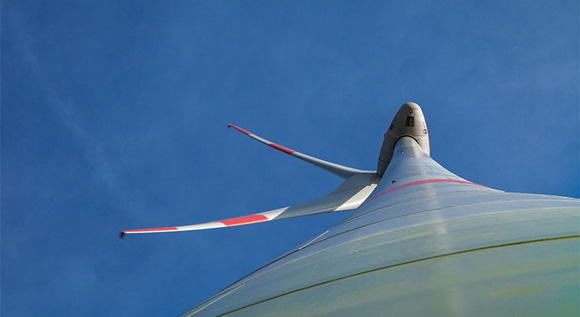Joining forces to meet ambitious targets
The Federation and the Länder want to better coordinate the expansion of renewables: a new Bund/Länder Cooperation Committee has been established under the 2021 Renewable Energy Sources Act. This new body has now presented its first progress report on the expansion of renewables.
 © BMWi / Holger Vonderlind
© BMWi / Holger Vonderlind
The most important objective of the 2021 Renewable Energy Sources Act is to see to it that the share of renewables in Germany’s final electricity consumption rises to 65% by 2030. In order to be able to meet this target, the Federation and the Länder need to work more closely together on the expansion of renewables. A Cooperation Committee established under the Renewable Energy Sources Act has been supporting these efforts since the beginning of 2021.
In a report published by the Federation and the Länder, these find that the expansion of wind energy is picking up speed again, but not yet by anything like enough to meet the 2030 targets. Over the first nine months of this year, the number of new installations and also of approvals for new wind-powered projects has risen. But, it says in the report, the amount of land that has so far been designated for wind-powered projects in the Länder is not sufficient for Germany to attain its 2030 target for onshore wind energy. It will need quite a few more pieces of land to achieve this. The figures from 2020 also explain why much of the focus is on onshore wind energy: in 2020, 1.5 gigawatts of newly installed onshore wind energy was added to the overall tally. This is less than half the capacity set out in the 2017 Renewable Energy Sources Act and of the gross addition stipulated for 2020.
For the first time, an onshore target for wind energy to be attained by 2030 was introduced into the 2021 Renewable Energy Sources Act. This target of 71 GW of installed capacity and for annual auction volumes was made part of the legislation. In 2022, special auctions are also to be held. This will increase the volume of the auctions from 2,900 MW to a total of 4,000 MW for onshore wind energy.
You can find the report published by the Cooperation Committee and the Länder reports here. The report by the Cooperation Committee will now be used as a basis for the Federal Government’s Monitoring Report on the expansion of renewables, which is to help assess the speed of the expansion.

